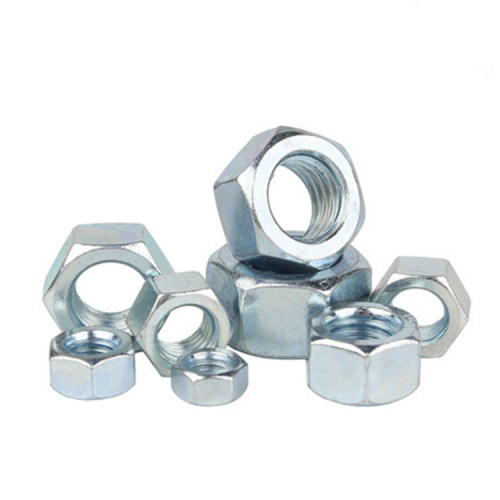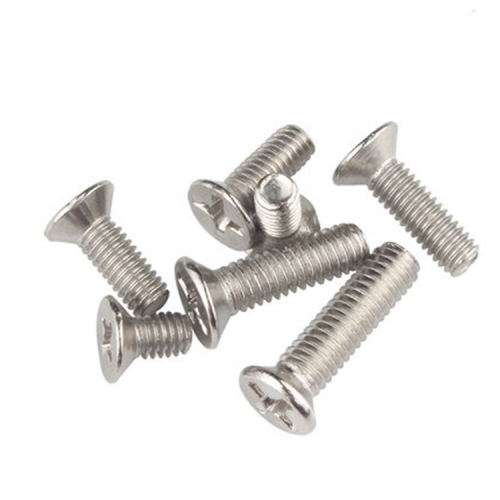

The manufacturing industry is under increasing pressure to adopt sustainable manufacturing practices. As businesses and consumers alike focus on reducing their environmental impact, companies are exploring ways to make their production processes greener. One often-overlooked but crucial aspect of sustainability is nut and bolt manufacturing. These small yet essential components are used in nearly every industrial application, from machinery to electronics. However, their production plays a larger role in advancing sustainability than many realize.
Energy consumption is one of the biggest contributors to a manufacturing plant’s environmental footprint. In traditional manufacturing processes, energy-intensive techniques often lead to high emissions and waste. However, nut and bolt manufacturing has increasingly incorporated energy-efficient techniques to reduce power consumption.
Modern nut and bolt manufacturing utilizes advanced technology, such as automated machinery and precision equipment, to optimize production. By using less energy in the shaping, threading, and finishing of these components, manufacturers can significantly lower their overall energy usage. This not only helps the environment but also reduces operating costs, making it a win-win for businesses looking to stay competitive in the global market.
Waste management is a key issue in the manufacturing industry. In traditional manufacturing methods, excess material often ends up as scrap, contributing to landfills and increasing material costs. With nut and bolt manufacturing, new technologies such as 3D printing and CNC machining have significantly reduced waste.
3D printing, for example, allows for precise production, ensuring that only the exact amount of material needed is used. CNC machining ensures that material is removed with minimal waste, maximizing efficiency. These advanced methods lead to less scrap metal, making nut and bolt manufacturing a more resource-efficient process.
Moreover, many manufacturers are adopting closed-loop systems in which scrap metal is recycled directly into the production process. This minimizes waste and ensures that raw materials are used effectively, further reducing the environmental impact of nut and bolt manufacturing.
The materials used in nut and bolt manufacturing play a significant role in sustainability. Traditionally, steel and other metals have been used in manufacturing fasteners, which can have a high environmental impact due to mining and processing. However, eco-friendly materials such as recycled metals, biodegradable plastics, and lightweight alloys are becoming increasingly popular.
Manufacturers are also investing in research to develop more sustainable alternatives, such as low-carbon steel and high-performance alloys. These materials offer the same strength and durability but with less environmental impact. By using these materials, manufacturers can help reduce the carbon footprint of the products they create.
Additionally, many businesses are now partnering with recycling companies to ensure that the materials used in nut and bolt manufacturing are sustainably sourced and can be recycled at the end of their life cycle. This circular approach to manufacturing ensures that nut and bolt components contribute to a sustainable future.

Incorporating sustainability into nut and bolt manufacturing is not just good for the environment—it’s also good for business. Energy-efficient practices and the reduction of waste help to cut production costs. Additionally, using sustainable materials can lead to long-term savings by reducing the need for costly raw materials and minimizing energy consumption.
Manufacturers who embrace green manufacturing solutions can pass these savings onto their customers, offering high-quality, eco-friendly products at competitive prices. This can improve profit margins and customer loyalty, particularly for businesses in the B2B market that value sustainability in their procurement processes.
Today’s consumers, especially businesses in sectors like construction, automotive, and electronics, are more likely to choose suppliers that align with their environmental values. Sustainable production practices are no longer a niche concern—they are a mainstream expectation.
For businesses looking to attract eco-conscious clients or international buyers, offering eco-friendly nut and bolt products can be a significant competitive advantage. By showcasing a commitment to sustainability, companies can appeal to a growing market segment that prioritizes environmental responsibility in their purchasing decisions.
As governments around the world implement stricter environmental regulations, manufacturers must adapt to stay compliant. By adopting sustainable manufacturing processes, businesses can stay ahead of regulatory changes. For example, many countries are now implementing carbon emissions targets and zero-waste policies, and businesses that are proactive in reducing their environmental impact will have an easier time navigating these regulations.
By making sustainability a core part of their nut and bolt manufacturing operations, companies can avoid fines and penalties while contributing positively to global environmental goals.

Nut and bolt manufacturing may seem like a small piece of the larger manufacturing puzzle, but its impact on sustainability is significant. By reducing energy consumption, minimizing waste, and using sustainable materials, the nut and bolt manufacturing industry is making great strides toward a more eco-friendly and efficient future.
As businesses face increasing pressure to adopt sustainable practices, green manufacturing solutions such as eco-friendly fasteners will become even more critical. Companies that embrace these changes not only benefit the environment but also position themselves for long-term success in a world that values sustainability.
Q1: How can nut and bolt manufacturers reduce their carbon footprint?
By using energy-efficient machinery, recycling materials, and sourcing sustainable raw materials, nut and bolt manufacturers can significantly lower their carbon footprint.
Q2: Are recycled materials used in nut and bolt manufacturing?
Yes, many nut and bolt manufacturers now use recycled metals and eco-friendly alloys to reduce their environmental impact.
Q3: How does sustainable nut and bolt manufacturing affect costs?
While the initial investment in green technologies may be higher, energy savings and reduced material waste lead to significant long-term cost reductions.